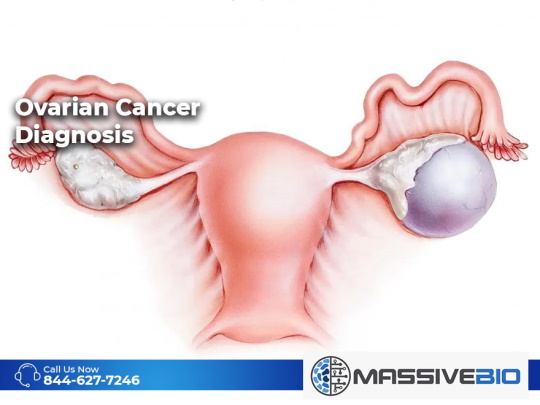An early ovarian cancer diagnosis can positively affect the course of treatment. The lifetime risk of developing ovarian cancer is approximately 1.4%. Although it can be diagnosed at any age, it is most commonly seen between the ages of 60 to 64.
If ovarian cancer is detected at an early stage, meaning the tumor is small in size and there is no evidence of metastasis, laparoscopic or robotic surgery may be performed to remove the uterus, ovaries, abdominal fat tissue, lymph nodes, and any other cancerous cells that are identified.
Ovarian Cancer Diagnosis and Treatment
Ovarian cancer is often discovered by chance during regular gynecologic check-ups. The possibility of ovarian cancer is considered with the detection of a mass in the pelvic area, especially in women after menopause. Additionally, important criteria for diagnosis includes bilateral ovarian masses, the immobility of the mass, and its size.
Not all cysts in the ovaries are cancerous. Most cysts, especially in women of reproductive age, are simple and harmless cysts. These cysts, which many times disappear on their own over time, do not pose an increased risk for cancer. For this reason, specialists can determine whether the cysts, while monitored via ultrasound, are harmful or not for the body.
In the advanced stages of ovarian cysts and masses with tumor characteristics, tumor markers are examined in the blood. High levels of some tumor markers, especially CA-125, are considered a remarkable finding. However, the level of CA-125 and other tumor markers does not always indicate that the mass is cancerous.
Grades of Ovarian Tumors
Cancer cells are examined under a
microscope and grading is done according to how similar they are to normal
cells.
- Grade 1: Cancer cells resemble normal cells.
- Grade 2: Cancer cells resembling normal cells cannot be fully distinguished.
- Grade 3: Detected cancer cells do not relatively resemble normal cells and are most likely to spread and recur after treatment.
The cause of ovarian cancer is not yet known. Approximately 70% of ovarian cancers are diagnosed at stage 3. The most common reason why ovarian cancers are diagnosed at such an advanced stage is that this cancer spreads to intra-abdominal organs in the form of implantation, mostly by direct spread.
Ovarian Cancer Treatment Methods
Surgical treatment is optimal for ovarian cancer. The response to treatment is directly related to the adequacy of the initial surgery. In the early stages of the disease, staging surgery is performed with the removal of the tumor.
In the later stages, tumors in the abdominal cavity are removed with a comprehensive surgery. It may also be possible to remove intestinal fragments, if necessary, during the surgery. After surgery, most patients are treated with chemotherapy. Drug therapy is a significant part of ovarian cancer treatment after surgical resection.
The response of the disease to treatment is directly related to the extent of the tumor. After surgery and chemotherapy, patients are monitored closely via scans and laboratory work-up every 3-4 months for many years. If the disease recurs, the treatment should be repeated. In some instances, more than one surgical resection may be required.












